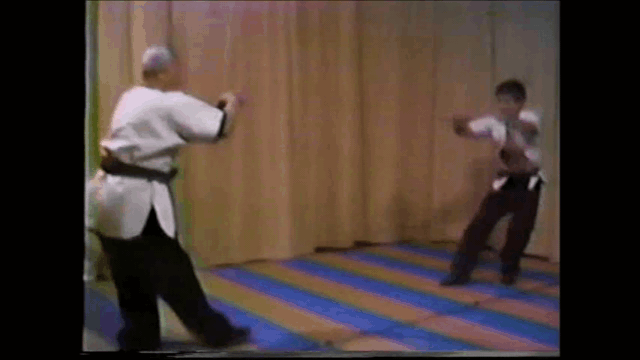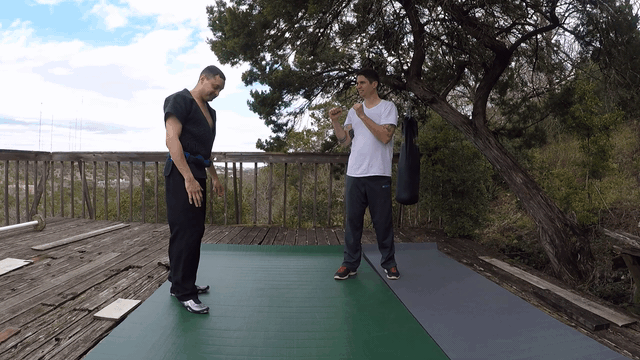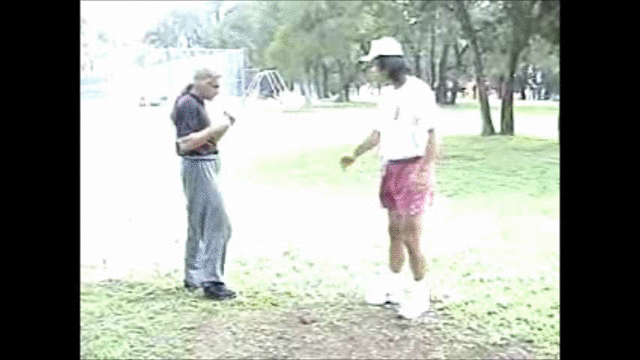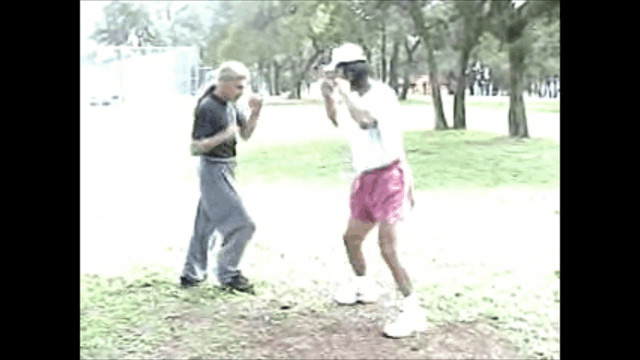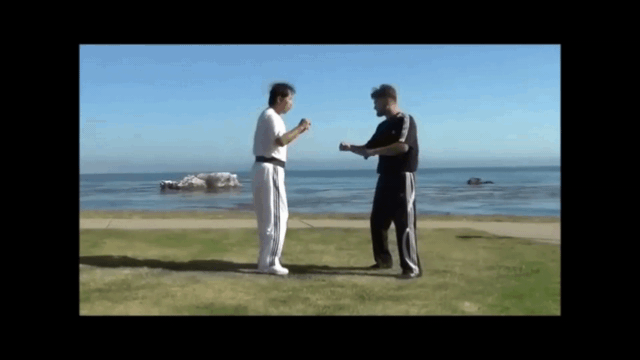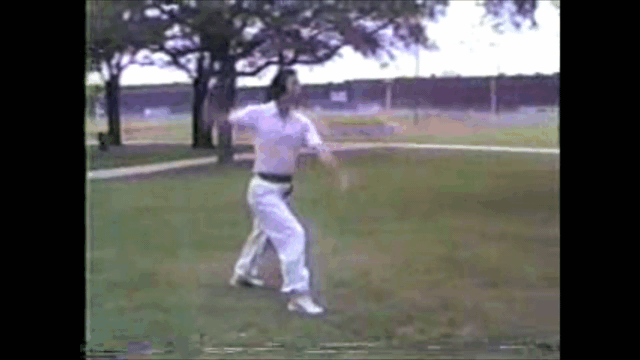Will you call the following testing?The drill is useful in developing the technique. That is simply practice. But it is not a test.
- You can throw 20 punches (any kind of punch) at my head, if any one of your 20 punches can land on my head, you win, otherwise I win.
Why 20 punches? If my opponent's 20 punches can't get through, I should have enough time to find opportunity to enter.
When B knows what A is going to do over and over, then B will always be successful.
Is it true that B will always be successful?
- B has to be fast enough.
- B's arm has to move with accuracy.
- B has to have a strong body structure.
- B's arms have to be tough enough. After 200 hard contacts, B's arm can feel pain.
- ...
For the kicking shield test, if B's structure is weak, A's forward momentum may run B down and B won't be able to stop A's forward momentum with single punch (or single kick).
If B can repeat 200 time without making any mistake, B has developed something.
Agree that the best testing is in the boxing ring.
Last edited:

